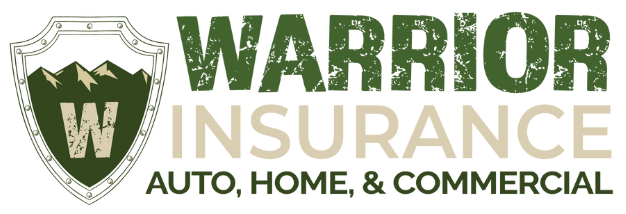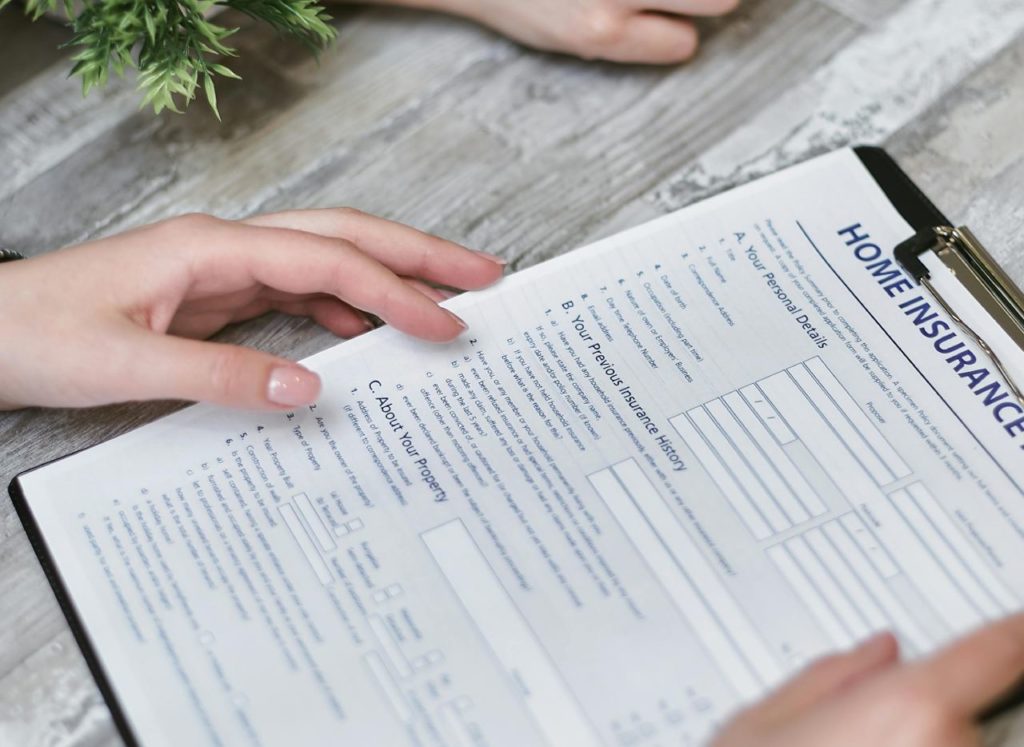Liability protection is almost always included in a homeowner’s insurance policy. There’s no knowing when an accident or incident that injures another party can happen in your home. With liability protection, homeowners avoid expensive out-of-pocket costs for losses.
This post will explain how liability protection works. Learn about what it covers, what its limits are, and why it’s necessary for every homeowner.
What Does Liability Protection Cover?
In most homeowner’s insurance policies, liability protection can shield you from claims arising from the following:
Bodily Injury
Liability protection kicks in when someone is injured on your property. Bodily injury coverage can cover medical expenses, legal fees, and settlement costs. Covered injuries can include slipping and falling, dog bites, burns from grills, and other incidents.
Property Damage
If a falling tree limb damages your neighbor’s roof, or your child accidentally throws a baseball at your neighbor’s window, your home insurance policy’s liability protection can cover settlement expenses.
Legal Expenses
Court costs, attorney fees, and other legal charges can be covered by liability protection in case you’re sued. Even if the lawsuit is dismissed or found without merit, your legal costs can be compensated.
Damages Away From Home
In some circumstances, your homeowner’s insurance policy might cover expenses outside of your home (for example, if your dog bites someone at the park and is not excluded from your policy). However, it’s important to review your coverage before assuming that incidents like these will be covered.
Common Limits and Exclusions
Most homeowner’s insurance companies offer a minimum of $100,000 for liability protection. The Insurance Information Institute recommends beefing up coverage to maximum limits between $300,000 and $500,000.
A few standard exclusions apply to liability protection. Harm from intentional acts like pushing or fighting most often are excluded. Personal liability protection won’t cover losses related to business operations if you work from home.
Policy limits apply to claims, and when they are exceeded, the policyholder is responsible for the remainder. Add-on coverages like umbrella insurance, home business endorsements, and animal liability may be options if you need more.
Using Your Liability Coverage: Steps to Take
If you think you have a liability claim, contact your agent first to discuss potential claim details and policy coverages.
If there is a covered claim, the insurance company will negotiate the final settlement with injured parties, whether personally, through a lawyer, or in court.
Always avoid admitting fault for the incident before the claim is fully processed. Let the process play out before final settlement.
Better Protection With Homeowner’s Insurance
Liability protection keeps you from financial ruin from lawsuits and damages. Take a close look at your policy language to ensure you’re covered and consider additional coverages if necessary.
Turn to Warrior Insurance & Services Group
Warrior Insurance & Services Group offers a broad range of liability protection in homeowners insurance policies. Our agents draw up comprehensive plans that cover you and your family members. To learn more, contact us online for a free quote.

